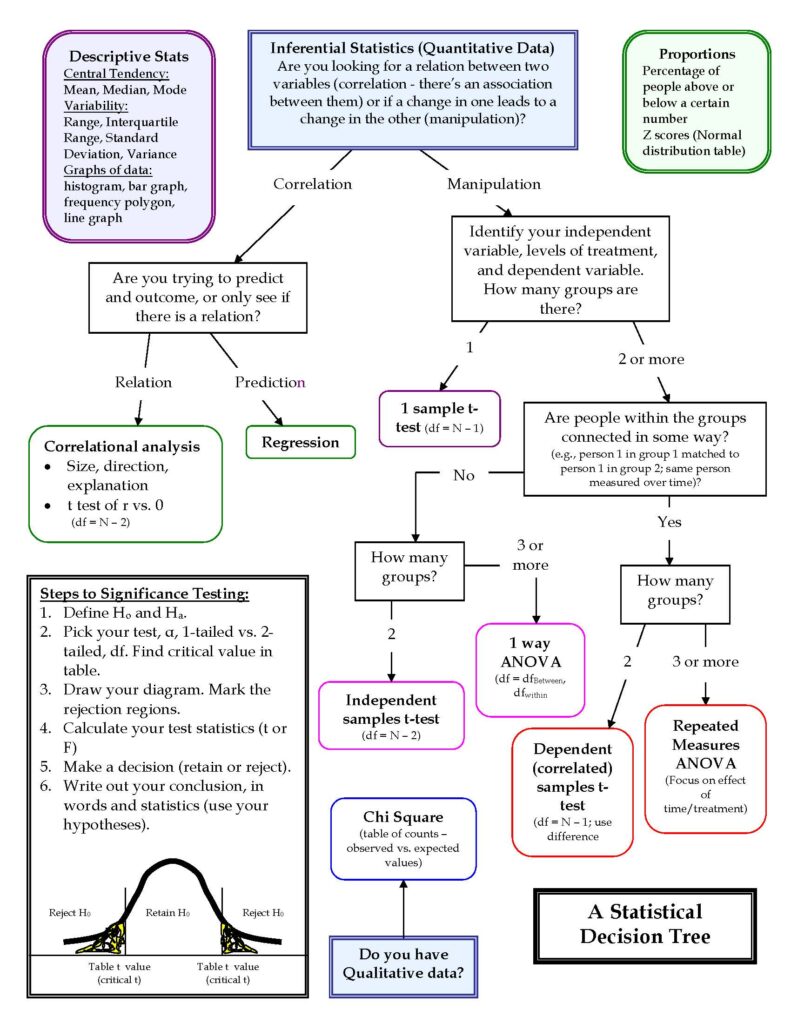By Ashley Wojcik
The beginning of a new school year can bring about a mix of emotions. It is normal to feel excited about the start of a new chapter, but also anxious for what is ahead. Graduate school specifically invites financial, social, personal, and intellectual challenges that can be difficult to manage. In this post, we have compiled some tips for surviving and thriving in a new year of graduate school.
- Communicate With Your Support System Before Starting School
Before going into a new or stressful environment, it can be helpful to talk with your family and friends about how you are feeling and what they can expect in terms of your availability. Some people struggle to garner support from those around them in their pursuit of graduate education, so you should be prepared for those difficult conversations. Remember to be honest about why it is important for you to go back to school, what you hope to accomplish, and how they can best support you.
- Prepare for a Busier Schedule
Going back to school as a graduate student can be a different experience than your undergraduate years. In many cases, you may have already spent time working and will have to readjust to the academic lifestyle. If you have a family or children, this can be another commitment to juggle. Even if you have gone straight into graduate school, you may find that the combination of research, courses, and other responsibilities such as being a TA is a heavier load than you experienced as an undergraduate. It is important to set realistic expectations so you can be kind to yourself. Forgive yourself in advance for the late nights and busy days, while also remembering to build in some time for self-care.
- Give Yourself Grace in the Beginning
Summer breaks notoriously lead to some loss of information learned in the previous school year. This depletion only increases if you have taken more time off from school. When starting graduate school, you should be ready for an adjustment period academically. Prepare yourself to endure a learning curve in the beginning and to allow yourself time to review previous material before you can learn new concepts.
- Understand That Student Life Has Changed
If you spent time out of school, you may quickly recognize that things have changed since you were last a student. Student culture, expectations, and resources are changing all the time. Additionally, the graduate student experience is inherently different from the undergraduate, so even if you went straight into graduate school, you should prepare for those differences before you begin. For example, many people complete their graduate degrees while working or juggling other things, so the schedule may be different than you are used to. Your curriculum may be more research-based, with smaller classes, and closer connections to your professors than you were used to at the undergraduate level.
- Keep an Open Mind
Like anything else, your mind is subject to change in grad school, and you should be open-minded when going into graduate studies. Your area of focus may shift or change completely through your education, and you should be prepared for that and welcoming to it. After all, that is the benefit of a graduate education. The stress you endure is the cost of the knowledge you gain about yourself and the impact you want to have on the world.


